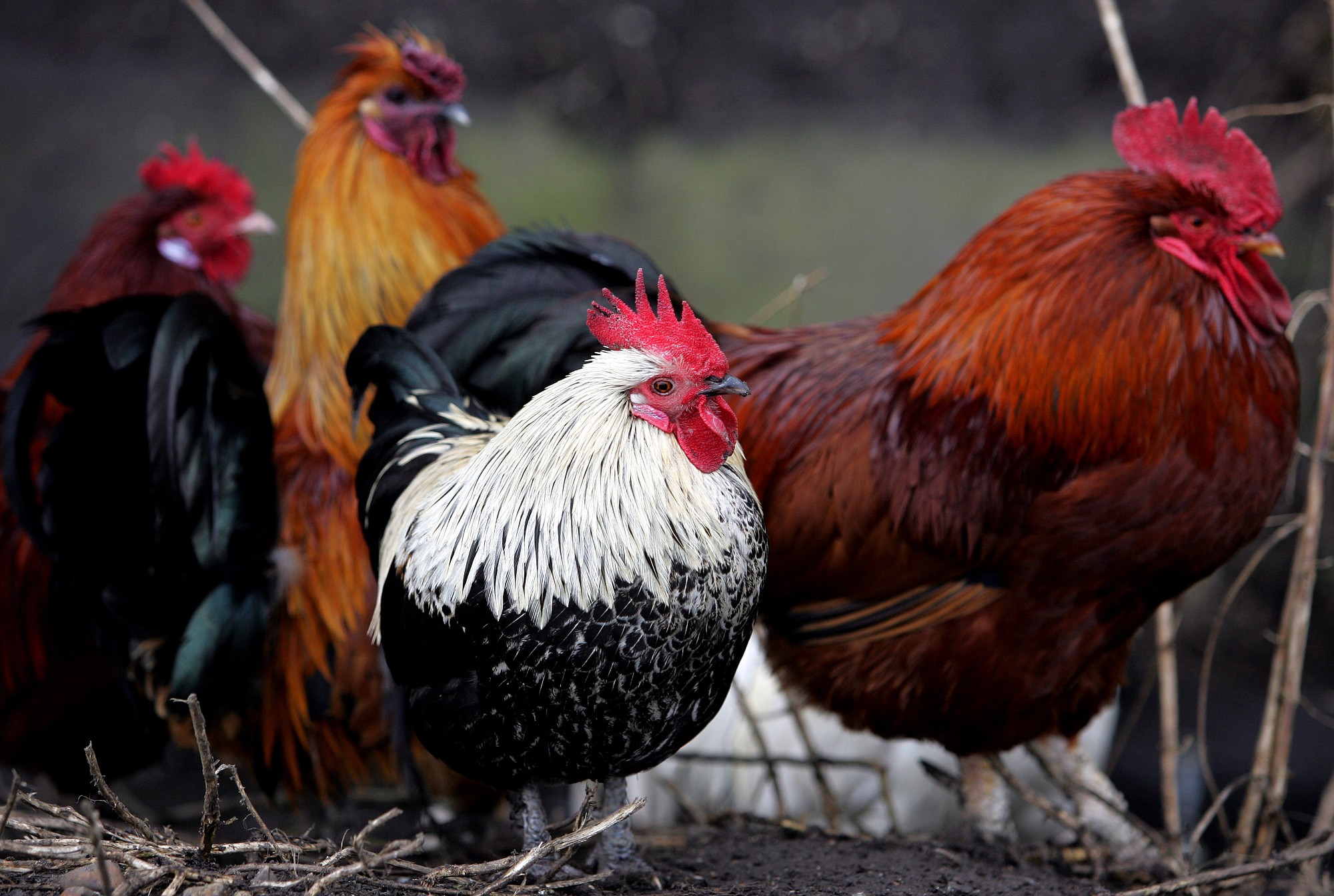Portland — If the news that a wild mallard in Oregon has tested positive for bird flu has you alarmed, put down the face mask and step away from the hand sanitizer.
The virus that has infected some birds in the Northwest this winter poses no risk to human health. But if you raise falcons or backyard poultry, you have reason to worry.
State wildlife officials announced Wednesday that the mallard shot by a hunter at Fern Ridge Wildlife Area was carrying H5N2, one of more than 140 strains of the virus commonly known as avian influenza, or bird flu.
The strain differs from H5N1, a mutation that appeared in the early 2000s and continues to sicken people in Europe, Asian and Africa. To date, no H5N1 infections have been reported in the United States.
State wildlife veterinarian Colin Gillin said future testing would probably yield more confirmed cases of the H5N2 — and a related virus, H5N8. Bird flu is common in waterfowl, which evolved with the virus. At any given time, wild geese and ducks are likely to carry the flu in their system, but it rarely makes them sick.
However, the H5N2 and H5N8 strains can sicken and kill falcons and domesticated poultry, making them an economic concern for poultry growers. Just this month in Washington’s Tri-Cities, hundreds of chicken, turkey, ducks and guinea fowl were euthanized after members of their flocks contracted the virus.
Wildlife biologists have only confirmed the H5N8 strain in one flock of Oregon poultry – some backyard chickens and guinea hens near Winston — but they’re bracing for more.
“It’s a big concern, particularly for backyard poultry producers, of which we have a lot in western Oregon,” Gillin said.
The virus can spread quickly as its migratory bird carriers move from place to place, sometimes intermingling with domesticated birds. So far, Gillin said, confirmed cases of H5N2 and H5N8 in the U.S. are limited to Northern California, Oregon, Washington and Utah. He doesn’t expect it to stay that way.
Poultry owners are advised to keep their birds from coming into contact with wild waterfowl. That includes avoiding letting their hens, chickens and geese drink or bathe in water bodies that also attract wild birds, keeping their food source in a secure area and isolating sick birds.
Falconers should avoid feeding their birds wild waterfowl meat.
There’s little non-bird owners can do to promote or deter the disease’s spread, and eating meat from birds infected with the virus poses no health risk.
Symptoms in poultry are similar to those a human might expect when they get the flu: Runny nose, diarrhea and fever. Once a bird gets sick, Gillin said, “they die fairly quickly.”
In falcons, the virus attacks the nervous system. Sick birds might have coordination problems, act depressed, fluff their feathers or weave their heads from side to side.
“The main thing is taking safety precautions, and if you have an unexplained death among your flock, take it seriously,” said Deb Schaeffer, a veterinarian in the Audubon Society of Portland ‘s wildlife care center.
Anyone who comes across a sick domestic bird should contact the U.S. Department of Agriculture at 866-536-7593 or the state veterinarian at 800-347-7028. The Audubon Society of Portland is prepared to respond to cases of sickened wild birds at 503-292-0304, and the Oregon Department of Fish and Wildlife has set up a hotline at 866-968-2600 or WildlifeHealthstate.or.us.



